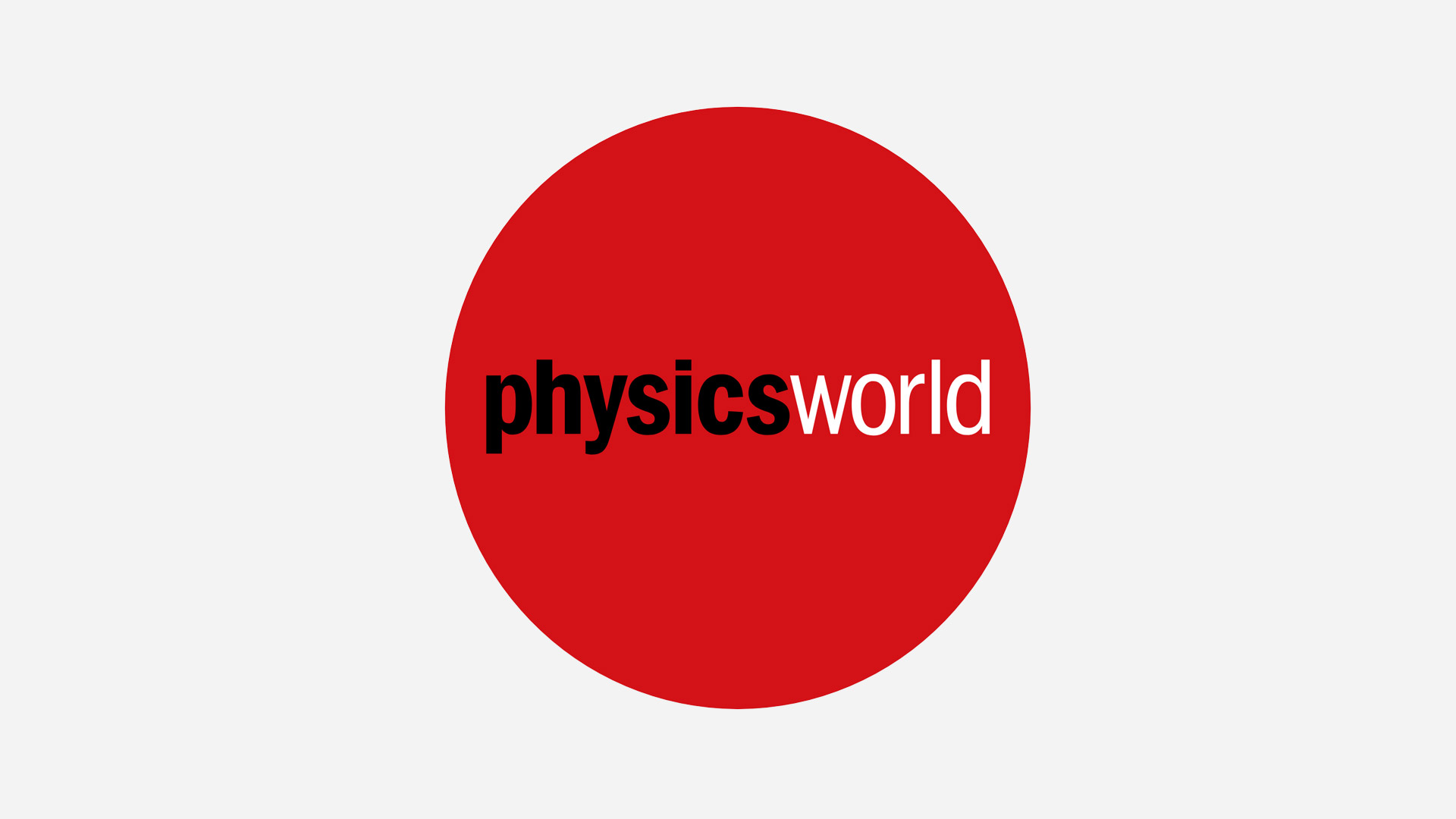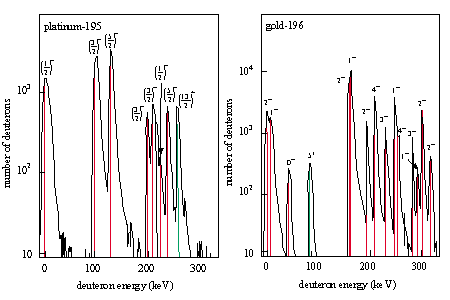Author
Array
(
[0] => linkedin
[1] => facebook
[2] => twitter
[3] => google-plus
[4] => youtube
)
Array
(
[0] => linkedin
[1] => facebook
[2] => twitter
[3] => google-plus
[4] => youtube
)
Array
(
[0] => linkedin
[1] => facebook
[2] => twitter
[3] => google-plus
[4] => youtube
)
Array
(
[0] => linkedin
[1] => facebook
[2] => twitter
[3] => google-plus
[4] => youtube
)
Array
(
[0] => linkedin
[1] => facebook
[2] => twitter
[3] => google-plus
[4] => youtube
)
No Author
Author archive

When the astronomers – Rodrigo Ibata from the European Southern Observatory, Harvey Richer and Douglas Scott from the University of British Columbia in Canada, and Ronald Gilliland from the Space Telescope Science Institute in Baltimore – compared the two Hubble images, they noticed that five objects appeared to have moved, indicating that they are local […]

The standard story about the development of physics as a separate discipline runs more or less as follows. After the Newtonian revolution of the 17th century, natural science divided into two parts: mechanics on the one hand and experimental science on the other. The latter investigated nature in a mostly qualitative way, whereas mechanics – […]

Lara Benedetti and colleagues from the University of California at Berkeley, the University of Missouri and the Lawrence Livermore National Laboratory sealed liquid methane between two diamond ‘anvils’ and squeezed it to 50 gigapascals – 25 million times atmospheric pressure. A laser was then used to heat the sample to 3000 Kelvin – producing the […]

The name magic number comes from the shell model of the nucleus. The combined quantum mechanical effects of protons and neutrons in the nucleus can create energy shells similar to the electron energy levels found in atoms. The number of protons or neutrons required to fill each shell is called a magic number. The GANIL […]


Dario Alfè, David Price and Mike Gillian of University College London used a Cray T3E supercomputer to calculate that the melting point of iron was 6700 Kelvin, plus or minus 600 Kelvin, at the pressure of the inner core boundary. The inner and outer cores store tremendous amounts of energy as heat. The transfer and […]
 Read article: New hope for physics education
Read article: New hope for physics education
Physics teaching is being transformed in the UK and the Institute of Physics is leading the way with a forward-looking initiative designed to revitalize the subject and attract more students

Towards the end of the last century many physicists feared that their work was done and that the end of physics was in sight. In 1894, for instance, Albert Michelson said that “it seems probable that most of the grand underlying principles [of physical science] have been firmly established”. Of course, the discovery of X-rays, […]
 Read article: Supersymmetry stands the test
Read article: Supersymmetry stands the test
An international team of nuclear physicists has found strong evidence for the existence of nuclear supersymmetry, a theory that relates bosons, which have integer values of spin, and fermions, with half-integer values of spin. The researchers from Germany, Switzerland and the US obtained the results in a series of complex experiments at the Paul Scherrer […]
 Read article: Chandra delights astronomers
Read article: Chandra delights astronomers
The image of G21.5-0.9, a supernova remnant which is 16,000 light years from Earth, shows a bright central source (the neutron star) with bright nebula and surrounded by a much larger diffuse cloud. The fluffy appearance of the central nebula is thought to be due to magnetic field lines which constrain the motions of the […]
Copyright © 2025 by IOP Publishing Ltd and individual contributors



